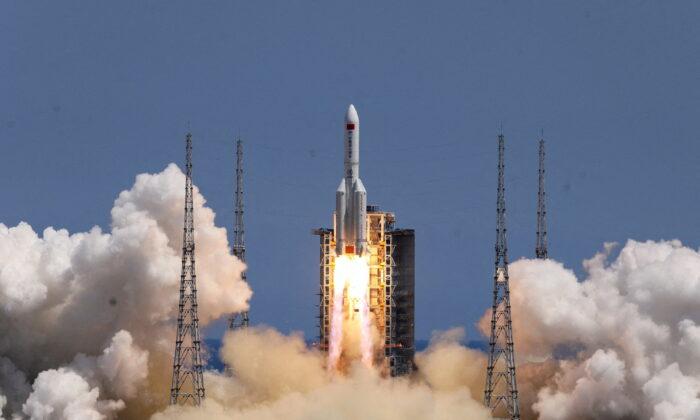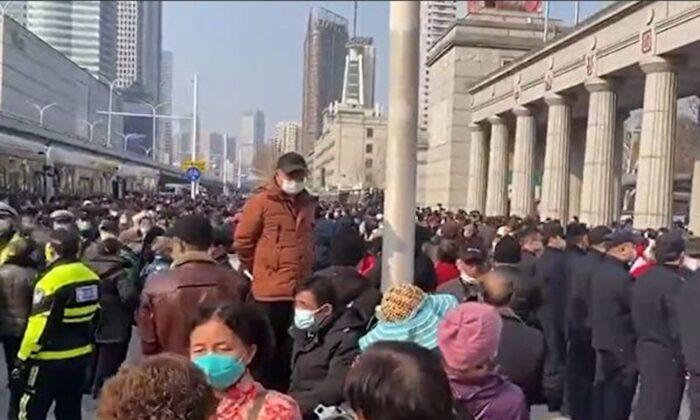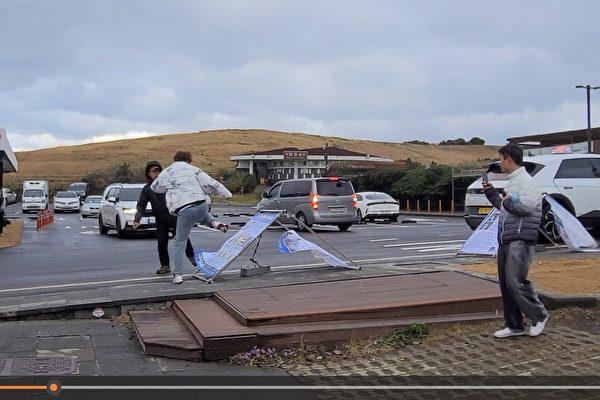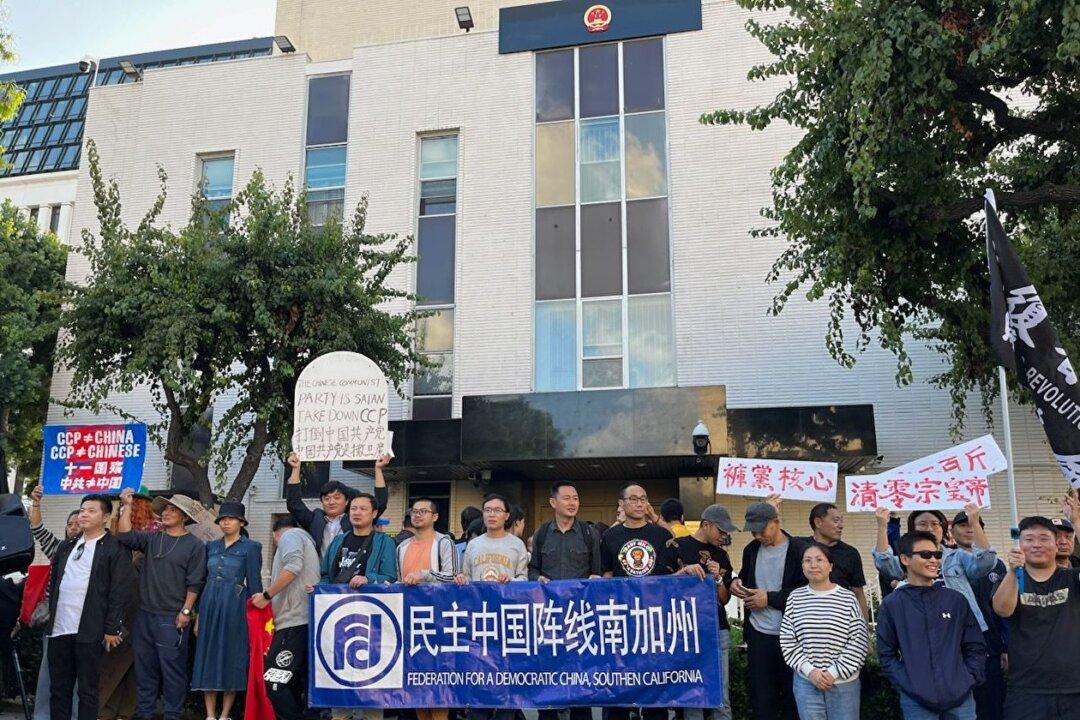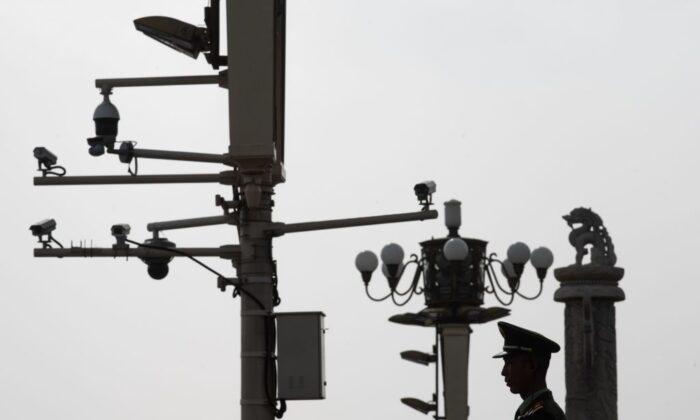A Chinese rocket booster plunged in an uncontrolled manner back to Earth on Friday morning. This is the fourth out-of-control reentry of a Chinese rocket since 2020, triggering concerns and criticisms from the international space community.
China’s Long March 5B rocket re-entered the Earth’s atmosphere over the south-central Pacific Ocean at 6:01 a.m. ET on Friday, and a second object from the rocket re-entered the atmosphere over the Northeast Pacific Ocean region at 6:06 a.m. ET, according to U.S. Space Command.
“Once again, the People’s Republic of China is taking unnecessary risks with the uncontrolled rocket stage reentry of their Long March 5B rocket stage. They did not share specific trajectory information which is needed to predict landing zones and reduce risk,” NASA administrator Bill Nelson said in a statement.
The repeated uncontrolled reentries are caused by the fact that the Long March 5B was designed by the Chinese without the necessary equipment to steer itself to ensure a safe landing.
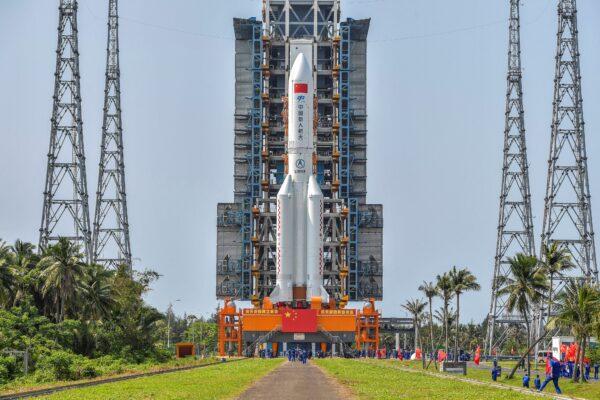
“The People’s Republic of China (PRC) did not share specific trajectory information as their Long March 5B rocket fell back to Earth,” Nelson said in the statement.
“All spacefaring nations should follow established best practices, and do their part to share this type of information in advance to allow reliable predictions of potential debris impact risk, especially for heavy-lift vehicles, like the Long March 5B, which carry a significant risk of loss of life and property. Doing so is critical to the responsible use of space and to ensure the safety of people here on Earth.”
Space experts share the same concern over the hazards caused by China’s repeated uncontrolled re-entries.
“I want to point out that the lower the acceptable risk is, the more expensive it is to design to that risk. But it’s something that must be done,” Dr. Lael Woods, a space traffic management expert with the Space Safety Institute, told reporters during a news conference hosted by The Aerospace Corporation, a federally-funded research center.
Woods likened the space to today’s busy roads on earth, which need “stoplights and traffic signs and rules.”
In addition, the extra equipment also adds to the weight of the rocket. “When it comes to trying to escape the crushing pull of gravity and putting precious cargo into space, every pound counts,” he said.
Muelhaupt said that he doesn’t expect China to attempt “to redesign its rocket to add safer landing capabilities, as making that type of adjustment is not trivial.”
China has dismissed the international concerns about its approach to spacefaring.
In response to a foreign journalist’s inquiry regarding the safety of the rocket, the Chinese regime’s foreign ministry spokesperson Zhao Lijian said at a regular news briefing on Nov. 4 that “China has all along pursued the peaceful use of outer space in accordance with international law and the international customary practice,” adding that “the probability of this process causing harm to aviation activities or to the ground is extremely low.”
China launched the Mengtian module for its Tiangong space station with the fourth Long March 5B rocket on Oct. 31, at the Wenchang space launch site in China’s southern island of Hainan, according to China’s propaganda mouthpiece Xinhua News Agency.
